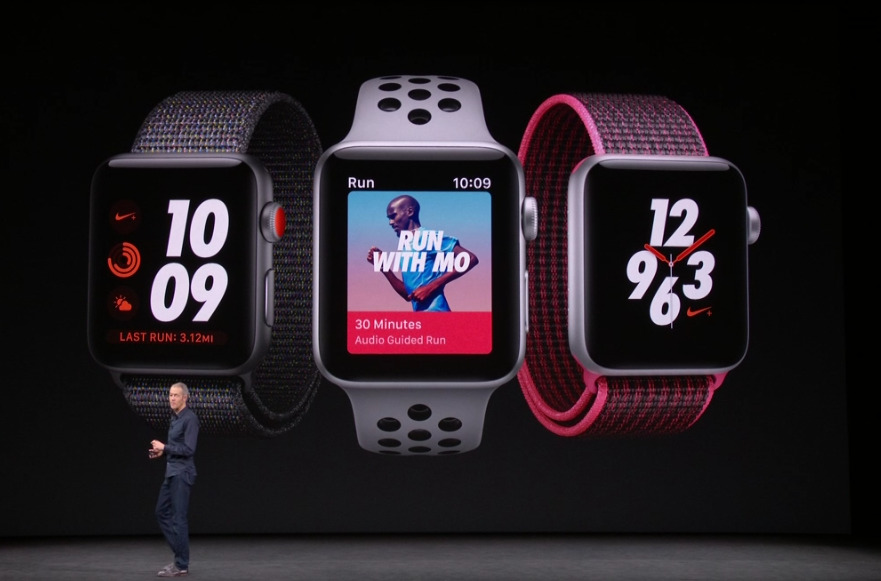With Sales About To Explode, The Apple Watch Is Ready For Its iPod Moment
For as iconic and successful as the iPod went on to become, early sales of Apple's popular MP3 player were far from mind-blowing. Originally released in October of 2001, it wasn't until 2005 that iPod sales truly began to explode on a massive scale.
Truth be told, a number of factors had to fall into place before the iPod was able to come into its own, with the launch of the iTunes Music Store in 2003 and the 2004 release of the more affordable iPod Mini being two prominent examples. In short, some Apple products simply need time to evolve before being ready to enter the mainstream and start generating serious revenue. With that in mind, there's a good chance that the addition of LTE to the Apple Watch is the requisite feature that will, at long last, take sales of Apple's wearable to the next level.
[bgr-dont-miss url="" title="" label="" gradient="pink"]
The Apple Watch may be a compelling device today, but that hasn't always been the case. The first iteration of Apple's wearable was a novel device, to be sure, but it was plagued by a clunky interface and a decent, but not great, processor. Over time, though, Apple completely revamped the watchOS interface and gave the device a more capable and deserving processor. Even so, the Apple Watch remained nothing more than a compelling companion accessory for the iPhone. That's not a dig against the Apple Watch, but rather a realistic assessment of the device's previous limitations.
The addition of LTE, however, is an absolute game-changer, the ugly red dot on the digital crown notwithstanding. For the first time, Apple Watch users have the ability to field and make calls, communicate via text, and stream songs without being tethered to an iPhone. LTE functionality allows the Apple Watch to breathe on its own for the first time and should result in a massive spike in sales. Not only will LTE convince prospective Apple Watch purchasers to take the plunge, LTE is compelling enough that it may also convince many existing Apple Watch owners to upgrade.
What's more, the LTE-equipped Apple Watch as a fitness-oriented device is absolutely jaw-dropping and should have impact on sales. As someone who likes to run every now and again, I personally enjoy having access to the world's library of music at my fingertips. Though some people may be content with a playlist of, say, 300 songs to choose from, others like to keep their musical options open and practically endless, especially for long distances. As a result, I never found the first few Apple Watch models good enough to exercise with. An Apple Watch that can stream tens of millions of songs from Apple Music — a feature which should hopefully be rolling out soon — and affords users the freedom of keeping their iPhone at home, however, is the future we've all been waiting for.
Coupled with an ever-increasing selection of bands, a new and improved heart rate app and more, the value proposition offered by Apple's top of the line Apple Watch is immense. Though Apple still refuses to release official Apple Watch sales figures, once Apple releases its earnings report from its upcoming holiday quarter, expect to see a huge jump in revenue emanating from the "other products" category.
To this point, reputed analyst Ming-Chi Kuo has already stated that overall demand for the Apple Watch Series 3 is stronger than even Apple anticipated. What's more, Kuo initially forecasted that the LTE version of the Apple Watch Series 3 might comprise 30-40% of sales. Once pre-orders went live, however, Kuo adjusted the range to 80-90%.
The Apple Watch may have debuted as a niche product, but an iPod-esque sales explosion is likely just around the corner.
